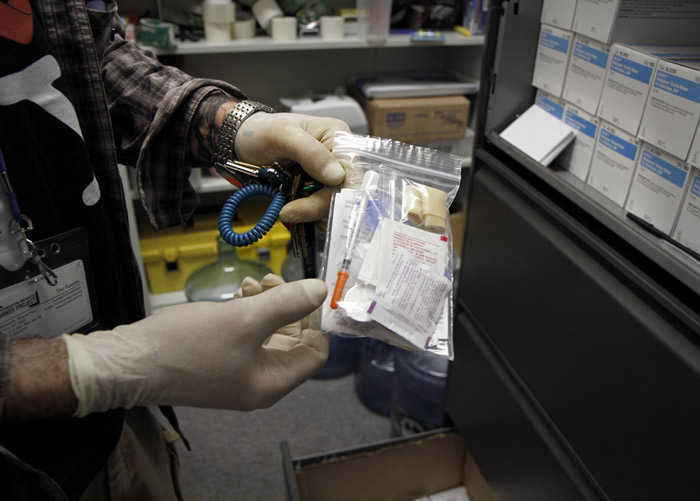Tracing Injection-Related HIV Transmission in New York City
A new study uses molecular epidemiology to monitor possible new acquisitions among people who inject drugs
As concern about a possible resurgence of injection-related HIV transmission has been ignited by the opioid epidemic in the U.S., a new study in the scientific journal AIDS uses molecular data analysis to trace the history of the injection-related HIV epidemic in New York City from the mid-eighties to the present.

During the 1990s, New York City introduced syringe exchange and harm reduction services, which have been remarkably successful in improving health outcomes for PWID. Following a peak in 1990, HIV diagnoses among PWID in New York City have steadily decreased over the years, in large part thanks to these interventions.
Because PWID may contract HIV either through sharing of needles and other drug injection paraphernalia, or by sexual contact, researchers used molecular epidemiology to parse the likely source of new HIV infections. Molecular data analysis relies on information about HIV genetic sequences that can be used to find matches among a cluster of individuals, suggesting transmission between individuals in the same cluster.
Genetic network analysis revealed that, in the 1980s and 1990s, the majority of people living with HIV who injected drugs acquired the virus from injection drug use, that is, from sharing syringes and other injection equipment used by someone who was HIV positive. However, HIV acquisition from this mode of transmission has declined in New York City and genetic links among PWID have become increasingly rare.
The researchers conclude that while “deaths due to drug overdose rose citywide 175% between 2010 and 2017…HIV diagnoses have not increased.” They also suggest that HIV risk among new PWID has been lessened by harm reduction, syringe exchange programs, and decriminalizing over-the-counter syringe sales in pharmacies. However, a slight uptick in HIV transmissions between PWID in 2018 and 2019 suggests the need for vigilance.amfAR’s commitment to risk-reduction strategies
On average, amfAR every year distributes over 15 million sterile syringes to 43 authorized programs in New York State as part of the New York State Department of Health’s Syringe Access initiatives. amfAR also maintains a free, interactive Opioid & Health Indicators Database (opioid.amfar.org) that allows users to access information about opioid use, including nationwide maps of syringe exchange programs as well as where such programs are legal.
Share This:
